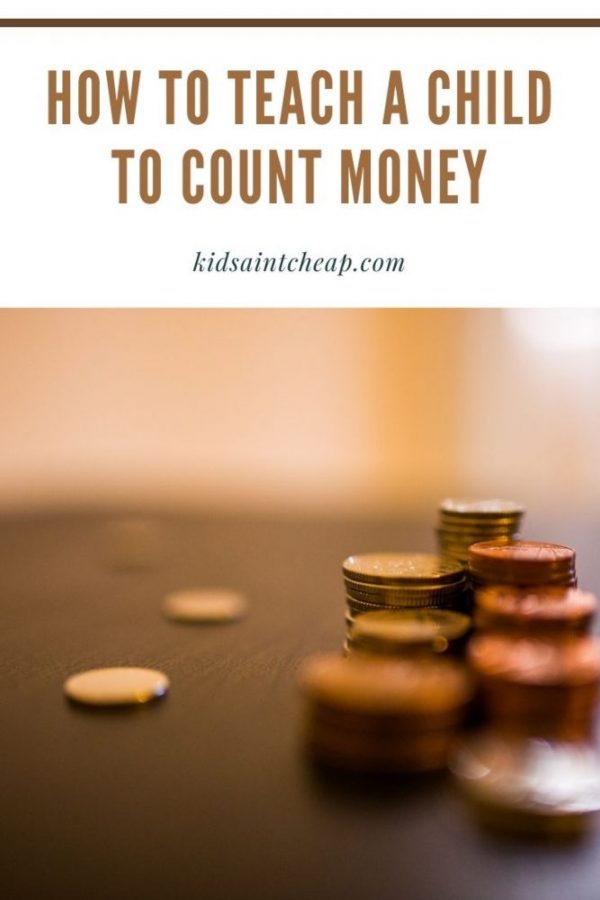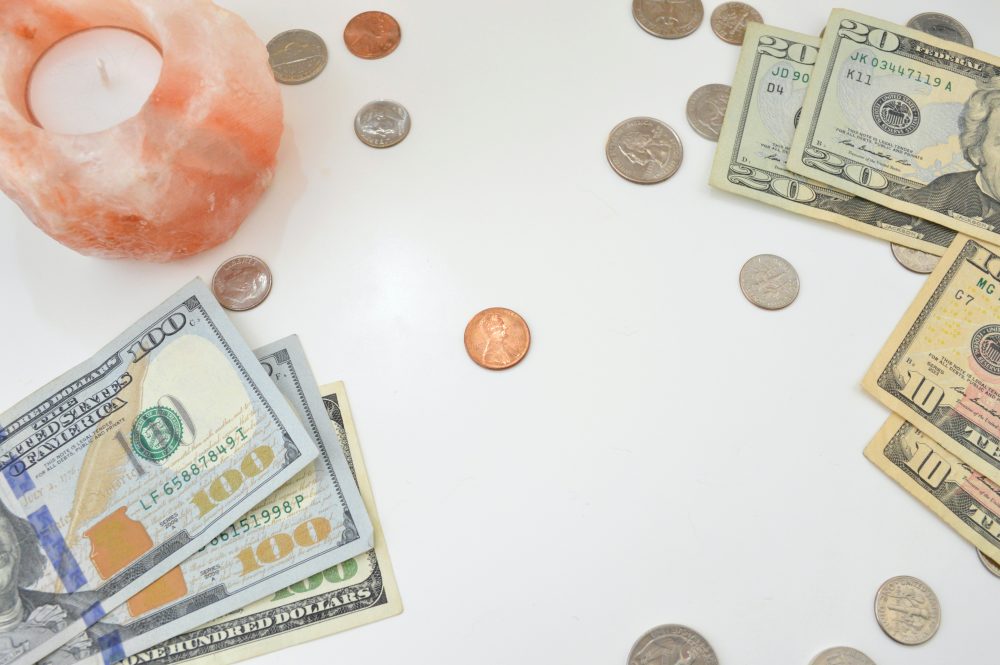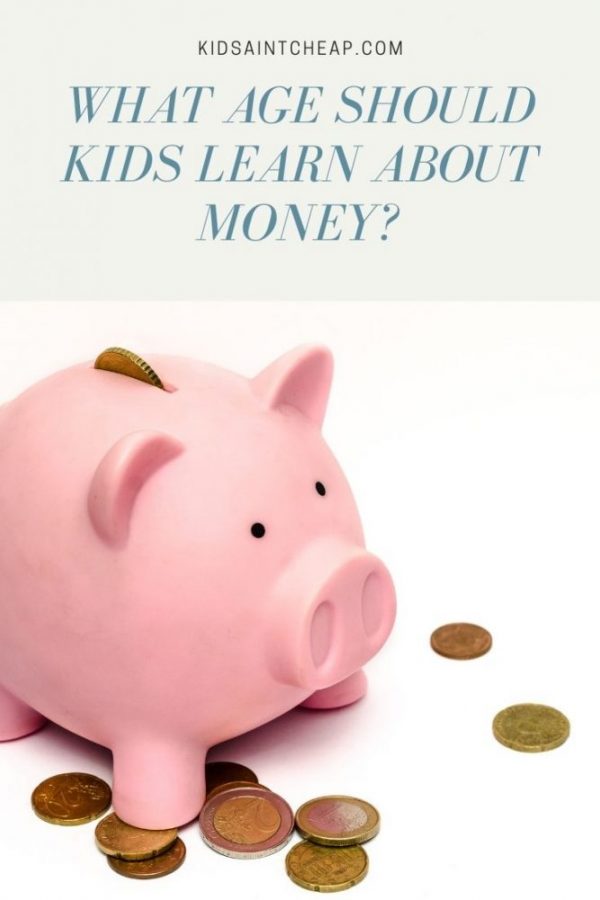Counting money is one of the most foundational skills children must learn. Counting and making change are critical skills that many entry-level jobs require. When you apply the following lessons on how to teach a child to count money, you challenge his or her mind to grow in other ways, too.
To give you a thorough array of options on teaching counting skills, I sought out advice from experienced educators and parents. Here are my findings.
How to Teach a Child to Count Money
Create a Play Store
Parents who have taught their children the basics of money said one of the best ways to do so was to set up a play store. Together with their child, they created a fake shop with household items or toys listed for sale. Use a sticky note to indicate the price of each item, then give your child change, and open the shop for business.
Depending on your child’s age, you can vary the degree of difficulty. For example, for a 3-year-old, you could say, “This costs one quarter,” and teach her to identify that coin. For older children, you can pay with a dollar bill and walk them through making change. Don’t forget to also teach them how to count change back to the “customer.”
Teach Them to Count by Fives and Tens
“Kids need to have a good understanding of place value and number sense before they count money,” says a third-grade teacher with I spoke via Facebook. “Start with one coin, and teach them how to count it and how many it takes to make a dollar.”
She goes on to describe a great money game involving two dice. Give the child as many pennies as the number he or she rolled. Have the child then exchange it for the highest value possible.
For example, if the child rolls a ten he or she can trade in pennies for a dime.
In addition to teach your child how to count money, when you teach them to count by fives and tens, you’re teaching them the beginning stages of multiplication.
Let Them See Real Transactions
Many people have had great success with giving their children real world experience.
Here are several examples:
Earn Money Through Chores
Help them understand that “work = pay,” and help them count their earnings. If there’s something they want to buy, help them estimate the cost.
Lead by Example
Allow your child to watch you pay for something in cash. This will help him see how money works and how it requires lots of it to pay for his needs and wants.
Study the History of Real Money Together
Hand your child the coins you received in change that day and quiz her on some coin facts. Not only can learning to count money teach your children better math skills, but you can also create an impromptu history lesson. For example, did you know that the nickel used to be called a “half dime” up until 1883? Half dimes were made of silver which became scarce during the Civil War. After that, they were made of copper and nickel, and they finally were made and referred to entirely of nickel in the 1880s. Click here for more U.S. coin facts.
Final Thoughts
The overall theme of how to teach a child to count money is YOUR involvement. Set aside time to sit at the table and talk about how many nickels are in a quarter or how many pennies are in a dollar. Talk about how much money you earned at your first job or something you saved up for, like a bicycle. That will help your child apply what he or she has learned.
How did you learn to count money? In school? At home?
Read More
Yes, A Penny Doubled Every Day For 30 Days Is A Lot More Than You Think
Melissa is a writer and virtual assistant. She earned her Master’s from Southern Illinois University, and her Bachelor’s in English from the University of Michigan. When she’s not working, you can find her homeschooling her kids, reading a good book, or cooking. She resides in Arizona where she dislikes the summer heat but loves the natural beauty of the area.


